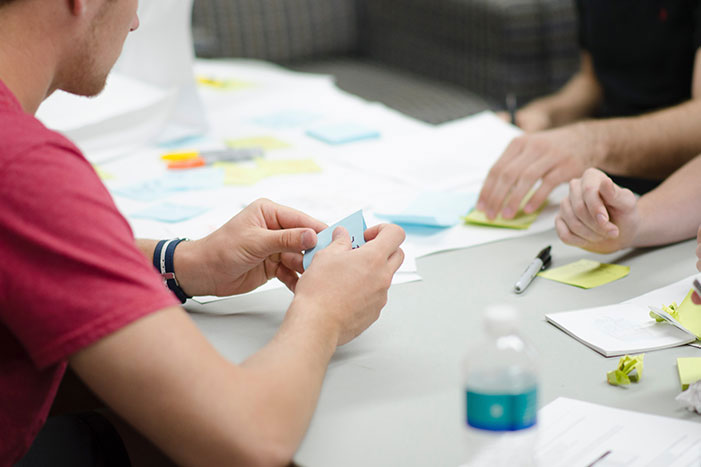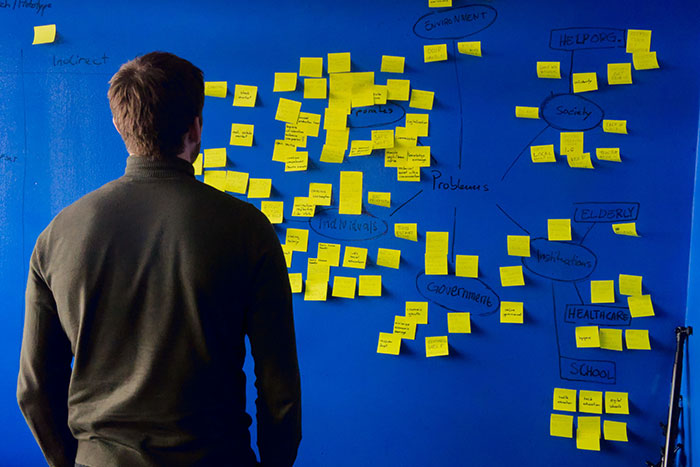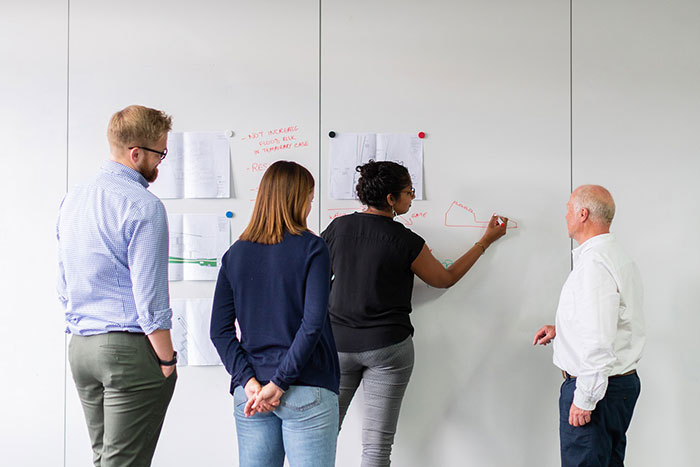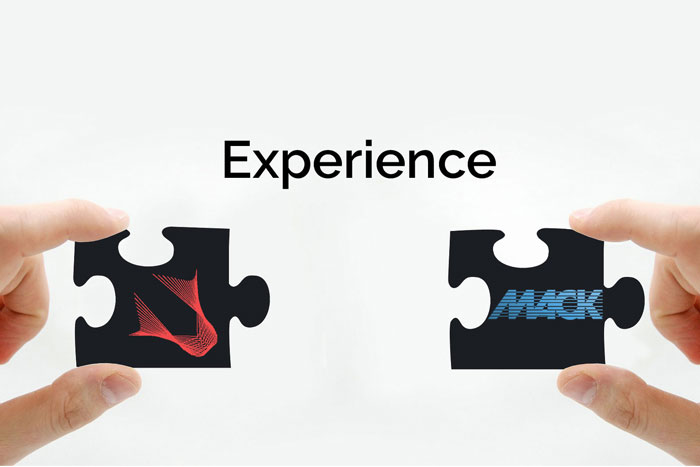
What is a product concept?
A product concept is a general idea for a new product you want to develop that is often used to gain funding during the early stages of the product development process. When coming up with your product concept, you should start by defining the key features and benefits as well as your target market. Keep in mind that your product concept should be detailed enough to convey your idea but not so detailed that you will have trouble changing it later in development. You also want to clearly and concisely describe the product and its intended purpose, as it will be the basis for your product development specification later.
What is the difference between a concept and an idea?
An idea is a general thought that does not have a clear definition or structure. It is a preliminary stage in the thought process that requires refinement to become a concept. On the other hand, a concept is more concrete and specific. They are well-defined and include a clear definition of what the idea is and what it entails. In short, an idea is a general thought, while a concept is developed and actionable. To convert your idea into a concept, you will need to follow the concept development process, which we outline later in this article.
Tips for developing concepts
Since we have developed hundreds of product concepts over the years, we have picked up a few tips and tricks along the way. Here are our most helpful tips for developing concepts:
- Clearly understand the problem before you begin, as it will help you focus your thoughts and help keep your ideas relevant and aligned with your goals.
- Encourage creative thinking and employ various brainstorming techniques to generate diverse ideas and concepts.
- Consider different perspectives, including everyone who will use or handle the product. Accounting for various groups’ needs and interests helps you generate well-rounded ideas.
- Gather information on consumers, market trends, and competitors, and use this information when brainstorming concepts.
- Always keep the customer in mind when conceptualizing by considering their needs, preferences, and requests.
- Collaborate with others and seek feedback on your concepts from your target demographic.
- Refine and test your ideas and make necessary changes and adjustments based on the results.
These tips for developing concepts can help you generate innovative ideas and turn those ideas into practical and successful products. But, of course, the specific techniques and approaches you use will depend on the context and the goals of your concept development effort.
What is the concept development process?
2. Generate concepts
Concept generation is a process where multiple people are brought together in a free and open meeting to propose ideas. Typically, the project leader sets the meeting, describes the goal of the concept generation, and defines the context. For example, a concept generation meeting could generate a few ideas in deeper detail versus creating a higher number of very different ideas. Generally, you want to generate numerous ideas at this stage, as you will eliminate most concepts during the assessment stage.
Actual concept generation is fluid. There are many techniques for generating concepts, and the best option often depends on the specific context, the goals of the development effort, the resources available, and the participants’ preferences. It is essential to use various techniques to generate a diverse range of ideas and to evaluate each concept thoroughly to determine its feasibility and viability. Here are some commonly used concept generation techniques:
Brainstorming – Brainstorming is a concept generation technique in which group members participate in a spontaneous discussion and contribute a wide range of ideas. The key to good brainstorming is to think of the problem broadly and include people with various backgrounds and experiences. For example, a drug delivery device injects drugs through the skin. In a Synectic brainstorming meeting, we will intentionally leave the object broader and state the goal is to: move liquid from a reservoir through a membrane (the skin). We then ask participants for ways to solve the problem. Asking questions like this leads to many more ideas than just a hypodermic needle.
Mind mapping – Mind mapping is a visual representation of ideas and concepts, often as a diagram or flowchart. It is a brainstorming technique for organizing ideas, in which you place a central concept in the center of a page and add related concepts around it. The resulting diagram shows the relationships between concepts and can help identify new opportunities or connections. Mind mapping can help to identify relationships between ideas and to develop a comprehensive understanding of a concept.
Reverse brainstorming – Reverse brainstorming is a concept generation technique in which participants generate ideas for solving the opposite of the problem they are trying to solve. Flipping and reframing the dilemma as a solution can help identify potential obstacles or challenges and generate new ideas for addressing them. For example, instead of concepts for decreasing a component to fit into a receptacle, participants might think up ideas for increasing the receptacle’s size instead.
Research – Research is another method for generating concepts. While researching, we ask ourselves how others have solved this or similar challenges. The typical places to investigate are patents, competitors, and the world around us. For example, if we need to develop a rotary drive coupling sealed to liquids in a handheld medical device, you could research magnetic couplings used in oil well drilling technology. You may discover a coupling design that solves the same problem, albeit on a much larger scale. The insight of a magnetic coupling, even at such a large scale, leads us to a solution not previously considered.
Benchmarking – Benchmarking is a process where you compare a competitive product to your idea. You want to determine which features of that competitive product are well done and which ones could use improvement. Successful benchmarking may mean obtaining the competitive device and deconstructing it to learn how it works. We often employ benchmarking as a concept generation strategy for products in a heavy IP market, such as robotic surgical devices. Knowing what is already available gives the team a framework of what ideas to avoid.
Once wrapping up your brainstorming session, look back at the problem outlined in the beginning and consider if the concepts solve that problem. Perhaps more or different concepts are needed? Did too many ideas get knocked out? Do intellectual property issues look too daunting? Are they too derivative and require a different approach? Also consider, at this point, if this is the best interpretation of the user’s needs. Only move on to the next step in the concept development process after considering all these variables.
3. Depict the concepts
The easiest way to draw out your concepts is through rough sketching, also referred to as a napkin sketch. These sketches can happen during your concept generation meeting. The next step takes those rough sketches and turns them into refined drawings using several industrial design techniques. Refined drawings are 2D sketches depicting how the product, or parts of the product, could look. It also points out major functional features such as the order of operations. Often these 2D sketches are used to communicate with stakeholders and raise funds.
Once you have your 2D sketches, you need to convert these to digital models. Using computer-aided design (CAD) software such as SolidWorks, Pro/Engineer, or AutoCAD, you can digitally draw your concept and create 3D models. However, CAD software requires considerable training and experience to master. Having an experienced CAD engineer work on designing your 3D models is invaluable, as tiny tweaks to the design features can save you significant time and money in later development phases. You also cannot skip CAD design and move straight into prototype development. CAD renderings and the information held within them are required by manufacturers to prototype and manufacture your product.
4. Refine the concepts
After collecting a wide range of ideas during brainstorming, the next step is to refine them. While you could proceed with developing every idea you come up with, the cost and time required would be astronomical. Refinement helps determine the best choice, minimizing risk and ensuring that you invest resources in the most promising ideas.
One of the best ways to refine concepts is by confirming the ideas are feasible and will function as imagined in the physical world through proof of concept (POC). Proof of concept demonstrates that a particular idea can be implemented and is feasible. It is a way to broadly test new technology as it validates the viability of a new concept before investing significant resources into full-scale development.
The most efficient and cost-effective way to test proof of concept is with breadboard prototypes. Breadboard prototypes are rough prototypes that test a single function or physical property, such as whether a part can fit into a small space or whether a new hinge design will function at a rudimentary level.
5. Assess the concepts
At this point, you should have generated and refined several viable concepts. In this step, you will assess them for ranking in the final step. As a team, agree on the ranking criteria and the importance or weight of each ranking category. These categories might include design complexity, manufacturing cost, safety, etc. Whatever you decide, they should align with the product requirements in the PDS.
For example, the PDS may state that the product must be easy to hold in one hand. Therefore “easy to hold” is a design feature that is highly valuable and outweighs other lower-priority features. The PDS may also state that it should be easy to clean. Since this feature is not a must-have, it would be weighted lower than being easy to hold.
To help you determine what to include and the weight of each criterion, here are some questions to ask:
- Does the concept fit the technical and user specifications outlined in the PDS
- Do the characteristics meet the user’s needs?
- Is the product intuitive and easy to use? Is it ergonomic?
- How complex is the product? Will it be challenging to manufacture and assemble?
- What is the potential for harm to the user? Is one concept riskier than another?
- How expensive will the product be to manufacture? Are multiple manufacturing processes involved?
- How available are the required materials? Does it use readily available technologies?
- How likely is the concept to infringe on current IP?
- Is the design durable and robust?
- How many parts are required? Are they standard or all custom?
6. Select the winning concepts
It is imperative to approach the concept selection process systematically and knowledgeably. One must account for the organization’s specific goals and needs as well as the perspectives of different stakeholders. The goal is to choose a feasible and viable concept with the utmost potential for success in the market.
Choosing a winning concept requires a systematic and well-informed review of each idea. This review includes sketches, analysis, breadboards, models, preliminary testing, and other information gained throughout the concept development process.
At Synectic, we assess ideas using a force ranking concept matrix. The concept matrix gives a clear picture of how each concept fulfills the criteria outlined in the PDS, creating a direct and unbiased comparison. After agreeing on the ranking criteria and weight in the previous step, the concepts are assigned a numerical rating on a 1-5 scale based on how well it meets the requirement. Much of this ranking depends on an experienced team discussing why a concept should score better or worse in a category. After the team rates each idea and tallies the scores, the one with the highest overall number is usually the best choice.
Generate Better Concepts!
We’ve created a free workbook teaching you how to generate concepts that fit your product development needs.
Download your free workbook now!
"*" indicates required fields
About Synectic Product Development: Synectic Product Development is an ISO 13485-certified, full-scale product development company. Vertically integrated within the Mack Group, our capabilities allow us to take your design from concept to production. With over 40 years of experience in design, development, and manufacturing, we strive for ingenuity, cost-effectiveness, and aesthetics in our designs. Learn more about our product design services and see how we can help with your next project.




